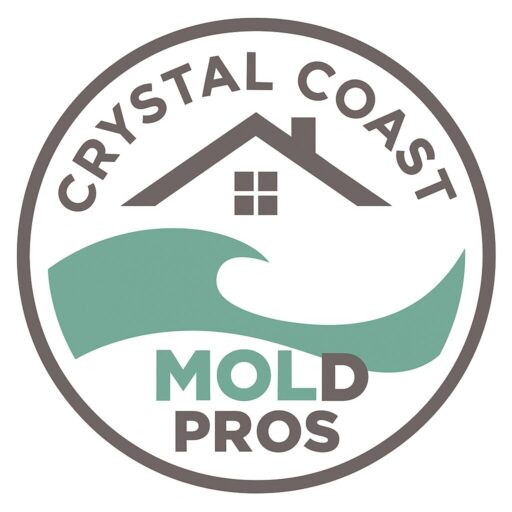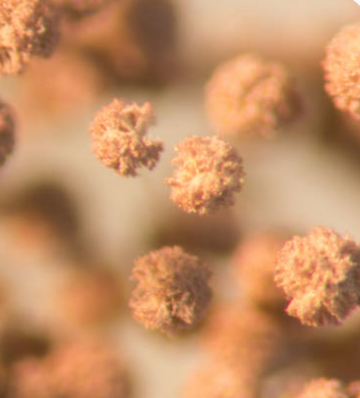Introduction to Mold Types
Mold is the invisible intruder that no homeowner wants to face. But whether you’re living in a beachside bungalow or a suburban split-level, mold can find its way into your home—and thrive. The real danger lies in not knowing where it hides or how to identify the different types of mold in homes before they cause structural damage, allergic reactions, or even respiratory problems.
Mold comes in many forms, but the most common culprits in residential spaces include black mold (Stachybotrys), aspergillus, penicillium, cladosporium, and alternaria. Each has its preferred environment and set of risks. This article is your ultimate guide to identifying where mold grows—and the specific types of mold in homes you should be watching out for.
We’ll explore the top seven places mold tends to hide and flourish, giving you the insight you need to spot trouble before it escalates. From bathroom tiles to laundry room corners, we’ve got you covered.
Bathroom Breeding Grounds: Common Types of Mold in Homes Lurking Behind Tiles
If there’s one room that screams “perfect mold habitat,” it’s the bathroom. High humidity, warm temperatures, and poor ventilation create an ideal environment for mold spores to thrive.
Black mold (Stachybotrys) is the most notorious type of mold in homes and loves the bathroom. It often hides behind wall tiles, in grout lines, and under leaky sinks. It has a dark, slimy appearance and a strong musty odor. This type of mold is toxic and can cause serious health issues, especially with prolonged exposure.
Aspergillus, a fast-growing mold, can appear on walls, ceilings, and shower curtains. It’s usually green or gray and thrives in moist environments. While not as dangerous as black mold, some species of aspergillus can still pose respiratory risks.
Cladosporium is another bathroom invader. It’s often black or olive-green and grows on damp surfaces like sinks and under toilet tanks. This mold can trigger asthma and allergic reactions.
Regular cleaning is essential, but prevention starts with controlling moisture. Install exhaust fans, fix leaks promptly, and use mold-resistant paint to keep the bathroom inhospitable to mold.
Kitchen Trouble Spots: Identifying Types of Mold in Homes Near Sinks and Cabinets
Kitchens are hotspots for water leaks and spills, making them prime real estate for mold growth. From under the sink to behind the refrigerator, hidden moisture builds up and invites trouble.
Penicillium is one of the more common types of mold in homes and tends to appear on spoiled food, inside dishwashers, and in hidden cabinet corners. It’s usually blue or green and can spread rapidly.
Aspergillus also appears in kitchens, especially around ventilation systems or in cabinets that trap heat and moisture. It’s capable of producing mycotoxins, which are harmful when inhaled over time.
Alternaria, typically found in outdoor environments, can hitch a ride indoors and settle in damp, dark places like the spaces between your walls and under your sink. This mold often appears velvety and dark green to brown.
To minimize kitchen mold risks, check under sinks frequently for leaks, clean spills immediately, and keep perishables refrigerated. Don’t forget to inspect the pantry and throw out expired food to prevent mold from spreading.
Basement Dangers: The Dark Truth About Damp Spaces and Types of Mold in Homes
Basements are mold magnets thanks to their dark, humid, and often poorly ventilated conditions. They’re also prone to flooding and leaks from foundation cracks.
Stachybotrys, or black mold, thrives here. With cellulose-based materials like drywall and wood present, plus consistent moisture, basements offer the perfect breeding ground. This type of mold in homes is especially dangerous due to its toxicity and is often linked to respiratory illnesses.
Cladosporium is commonly found on concrete walls and floors in the basement. It’s a black or dark green mold that spreads via air ducts and can trigger allergic reactions and asthma attacks.
Fusarium, though less common, can develop in wet carpet or fabric in basement storage areas. It’s known for causing skin infections and allergic responses.
Make your basement mold-resistant by using dehumidifiers, sealing foundation cracks, and insulating pipes to prevent condensation. Regularly check behind stored items and in crawl spaces for early signs of mold.
Attic Alarms: How Poor Ventilation Leads to Sneaky Types of Mold in Homes
Attics often go unnoticed until there’s a problem, making them one of the riskiest areas for undetected mold. Improper insulation, roof leaks, and poor airflow all contribute to moisture buildup.
Chaetomium is one of the lesser-known types of mold in homes but is commonly found in attics. It presents as a cotton-like mold and changes color from white to gray or black as it matures. It loves wet drywall and insulation.
Ulocladium often coexists with water damage and can be found on attic wood beams or near roof leaks. It’s black in color and often mistaken for black mold but has different spore structures.
Aspergillus and Penicillium also make appearances here, especially if ventilation is compromised. They can cause chronic sinus infections and worsen allergy symptoms.
Ensure proper attic ventilation and insulation, and routinely inspect for signs of leaks or mold during seasonal changes. Even a small leak from the roof can support an entire ecosystem of harmful mold.
Laundry Room Clues: Moisture Buildup and the Hidden Types of Mold in Homes
Laundry rooms are often overlooked in mold prevention routines. Yet with water lines, steam, and potential leaks from washing machines, these spaces can be mold factories.
Alternaria is frequently found in laundry rooms, especially around windows and machines. It can grow on damp clothes, floor tiles, and under laundry baskets. It’s known to trigger allergic reactions and asthma.
Aspergillus commonly grows in the detergent drawers and rubber seals of washing machines. It’s often light green or yellow and becomes airborne during the wash cycle.
Penicillium may appear on wet drywall or behind machines that leak. Its rapid growth and airborne spores make it particularly dangerous in enclosed laundry spaces.
To fight mold in your laundry room, leave washer doors open to air out after use, wipe down seals, and inspect water hoses regularly. Use mold-resistant paint and keep the space ventilated, especially if it lacks windows.
Conclusion
Knowing where mold hides and how to identify it is crucial for maintaining a healthy home environment. Bathrooms, kitchens, basements, attics, and laundry rooms are mold’s favorite hiding spots—but they don’t have to become yours. Each room presents unique vulnerabilities and requires specific prevention tactics.
Understanding the various types of mold in homes empowers you to act fast, prevent costly repairs, and most importantly, protect your family’s health. If you suspect mold is hiding in your home, don’t wait.
Contact Crystal Coast Mold Pros at 252-342-5363 to remove the mold in your home!
Stay vigilant, stay informed, and keep your home mold-free.


